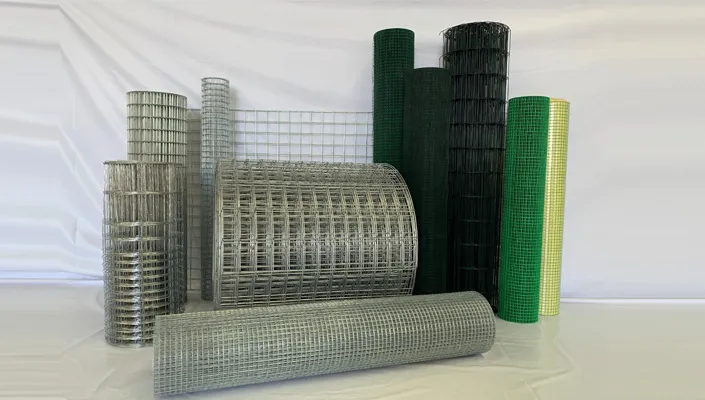Common Types of Nails Used in Construction and Their Applications
Understanding Common Nails Types, Uses, and Best Practices
Common nails are a fundamental component of construction and carpentry, serving as one of the most basic yet essential fasteners in various applications. Despite their simple design, common nails come with a range of specifications and features that make them integral to the building and repair processes. In this article, we will explore the types of common nails, their typical uses, and best practices for selecting and using them effectively.
Types of Common Nails
Common nails are versatile fasteners used to join wood pieces together in framing, sheathing, and other construction projects. They generally have a thick shank, a flat head, and are available in various lengths and diameters, providing options for different applications.
1. Smooth Shank Nails These nails have a plain, smooth surface that allows for easy driving into wood. Smooth shank nails are typically used for light-duty applications or where a clean finish is desired. However, they have less holding power compared to other types.
2. Ring Shank Nails Featuring rings or grooves along the shank, these nails provide increased grip and resistance against withdrawal. Ring shank nails are ideal for applications subject to movement or stress, such as flooring, decking, and outdoor projects.
3. Coated Nails These nails come with a specialized coating, such as epoxy or polymer, to enhance their adhesion and resistance to corrosion. Coated common nails are particularly useful in outdoor applications where exposure to moisture is a concern.
4. Common vs. Finishing Nails While common nails are thicker and used for structural purposes, finishing nails are thinner and used where aesthetics matter, such as in trim work. Understanding the differences ensures that the correct type of nail is selected for each task.
Typical Uses
Common nails are predominantly used in a variety of construction and woodworking projects, including
- Framing They form the backbone of constructions, securing wall studs and roof rafters. - Sheathing Common nails are used to secure sheathing boards to the frame of a building, providing a base for exterior finishes. - Decking For outdoor wood projects, such as decks and fences, common nails are preferred due to their strength and durability. - Roofing In roofing applications, where durability is essential, common nails are used to attach shingles and roofing materials.
1'' common nails

In addition to these applications, common nails are often used for repair work, furniture construction, and even in DIY projects. They are available at most hardware stores, making them easily accessible for both professionals and hobbyists.
Best Practices for Use
While common nails are straightforward to use, adhering to some best practices can ensure optimal results and reduce issues during installation
1. Choose the Right Size Consider the thickness of the materials being joined as well as the intended load. Common nails come in different lengths, typically ranging from 1 to 6 inches. A longer nail may be required for thicker materials.
2. Pre-drilling For harder woods or situations where splitting is a concern, pre-drilling holes can make the fastening process easier and help maintain the integrity of the wood.
3. Spacing When nailing two pieces of wood together, maintain appropriate spacing. This will enhance the strength of the joint and allow for any natural expansion and contraction of the materials.
4. Use Proper Technique Drive nails straight and avoid bending them by ensuring they strike at a 90-degree angle to the surface. A hammer with a smooth face will prevent damage to the nail head.
5. Safety First Always wear safety goggles when using a hammer or nail gun to protect against flying debris. Ensure the work area is clear and stable to avoid accidents.
Conclusion
Common nails may seem like a simple tool, but they play an integral role in various construction and woodworking projects. By understanding the different types, uses, and best practices associated with common nails, professionals and DIY enthusiasts can enhance their fastening techniques, resulting in stronger, more durable projects. Whether constructing a home, repairing furniture, or tackling a weekend project, common nails are a reliable choice that stands the test of time in both quality and functionality.
-
Space-Saving Chain Fence Hacks Vertical Gardening with Cyclone MeshNewsJul.16,2025
-
Innovations in Iron Nail Wire Production for Modern ConstructionNewsJul.16,2025
-
Creative Uses of Wire Netting Fence in Modern Landscape DesignNewsJul.16,2025
-
Barbed Wire Fence Innovations in Anti-Climb TechnologyNewsJul.16,2025
-
Architectural Uses of Umbrella Nails for Aesthetic Roof DesignsNewsJul.16,2025
-
Architectural Uses of Razor Barbed Wire in Secure Urban DesignNewsJul.16,2025




